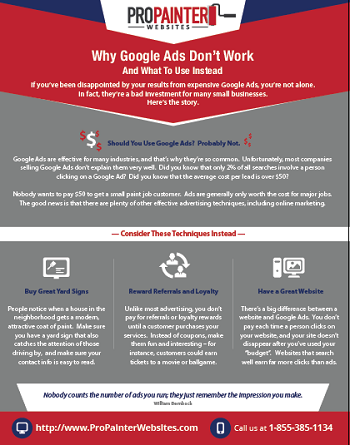Seasonal Factors In Industrial Exterior Painting: Trick Insights You Must Know
Seasonal Factors In Industrial Exterior Painting: Trick Insights You Must Know
Blog Article
Short Article Developed By-Doherty Browne
When you're intending a commercial outside paint job, seasonal aspects can make or damage your outcomes. You'll want to think about exactly how temperature level and moisture impact paint application and drying out times. Choosing the ideal period can guarantee your paint adheres correctly and lasts longer. However which periods are genuinely the best for this sort of work? Let's explore the key elements that can impact your task's success.
The Impact of Temperature Level on Paint Application
When you're planning a commercial outside painting job, the temperature level can significantly influence how well the paint adheres and dries out.
Preferably, you wish to paint when temperature levels vary in between 50 ° F and 85 ° F. If it's also cold, the paint may not treat properly, causing problems like peeling or fracturing.
On the flip side, if it's as well warm, the paint can dry out also promptly, stopping correct bond and resulting in an irregular coating.
You should additionally think about the time of day; morning or late afternoon uses cooler temperatures, which can be extra favorable.
Always examine the manufacturer's recommendations for the details paint you're using, as they commonly give advice on the optimal temperature level variety for optimum results.
Humidity and Its Result on Drying Times
Temperature level isn't the only ecological variable that influences your commercial outside painting task; humidity plays a substantial duty too. High humidity degrees can reduce drying out times dramatically, influencing the total top quality of your paint work.
When the air is saturated with moisture, the paint takes longer to heal, which can bring about concerns like bad attachment and a greater danger of mold development. If paint contractors on a particularly damp day, be planned for extended delay times between layers.
It's crucial to monitor regional climate condition and plan appropriately. Ideally, aim for moisture levels in between 40% and 70% for optimal drying out.
Maintaining these consider mind guarantees your project stays on track and supplies a lasting surface.
Best Seasons for Commercial Exterior Painting Projects
What's the best time of year for your business external painting tasks?
Spring and early fall are commonly your best choices. Throughout these seasons, temperature levels are light, and humidity levels are often reduced, producing perfect conditions for paint application and drying.
Stay clear of summer season's intense heat, which can create paint to dry as well quickly, resulting in bad attachment and finish. In a similar way, wintertime's cold temperatures can impede appropriate drying out and treating, risking the durability of your paint task.
Aim for days with temperatures between 50 ° F and 85 ° F for optimum outcomes. Keep in paint contractors to inspect the regional weather report for rain, as wet problems can wreck your job.
Planning around these aspects guarantees your painting task runs efficiently and lasts longer.
Final thought
In conclusion, preparing your industrial exterior paint tasks around seasonal factors to consider can make a considerable difference in the end result. By scheduling work during the optimal temperature levels and humidity levels, you'll make sure better bond and drying out times. Keep in mind to keep an eye on local weather forecasts and pick the correct time of year-- springtime and very early loss are your best choices. Taking these steps will assist you achieve a long lasting and professional coating that lasts.
